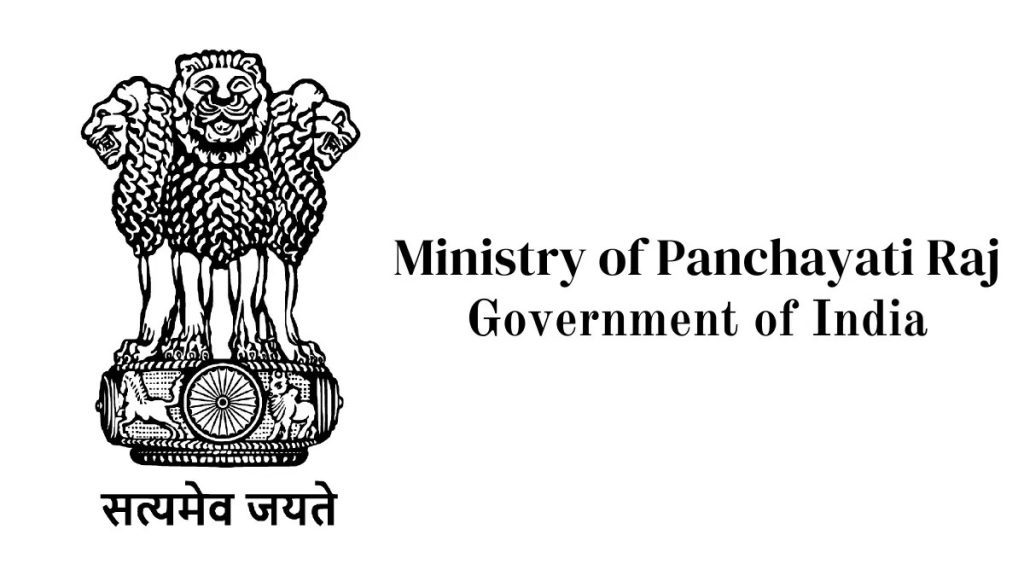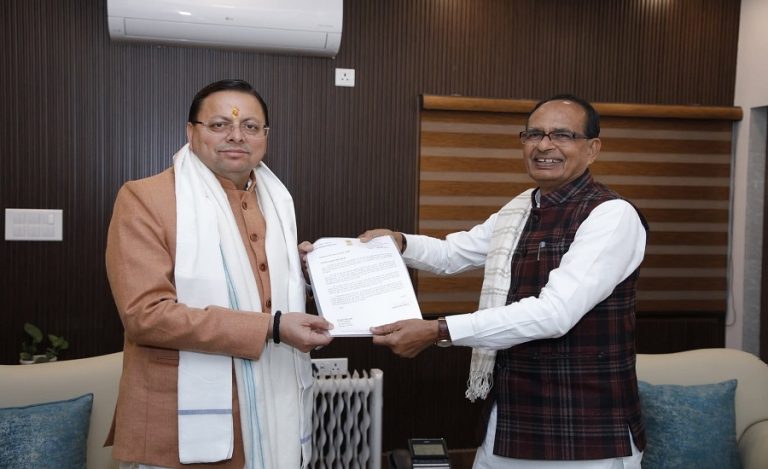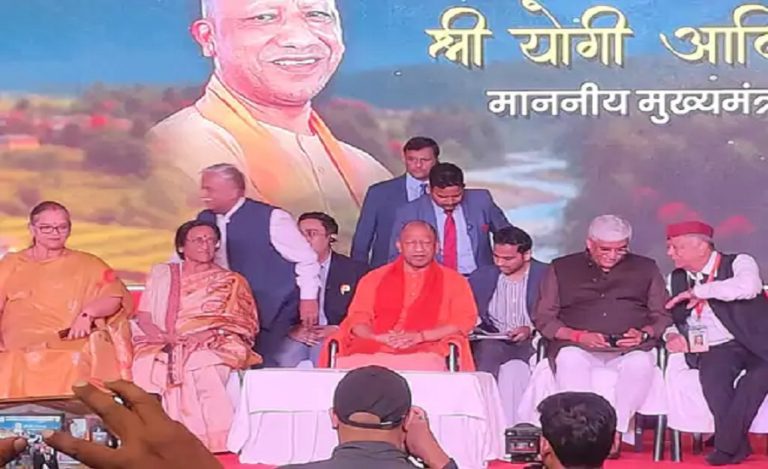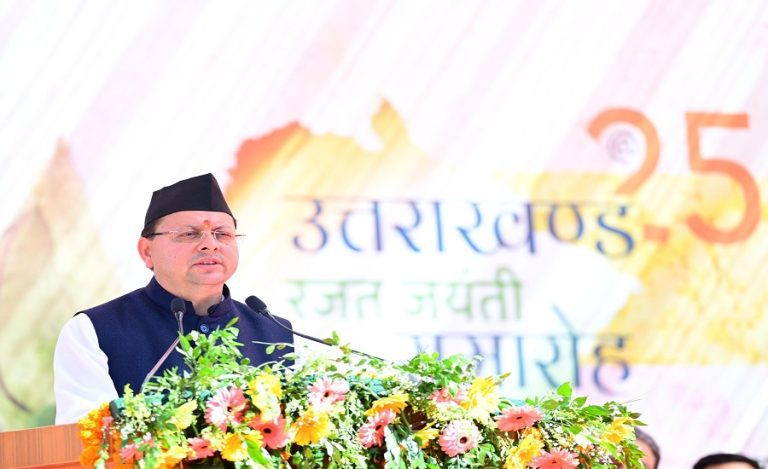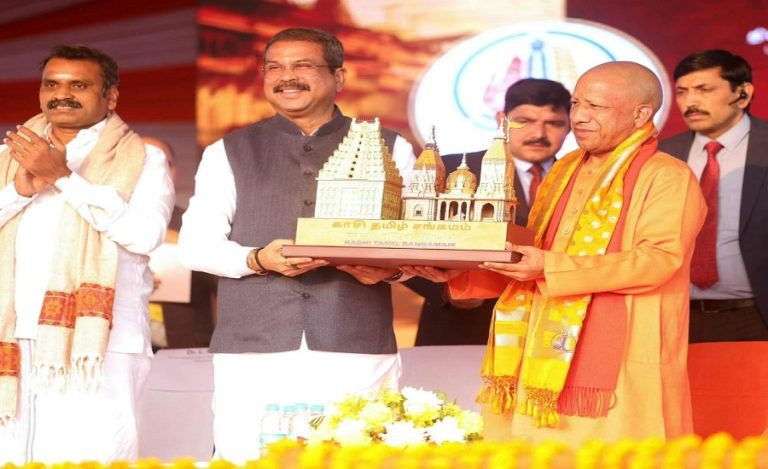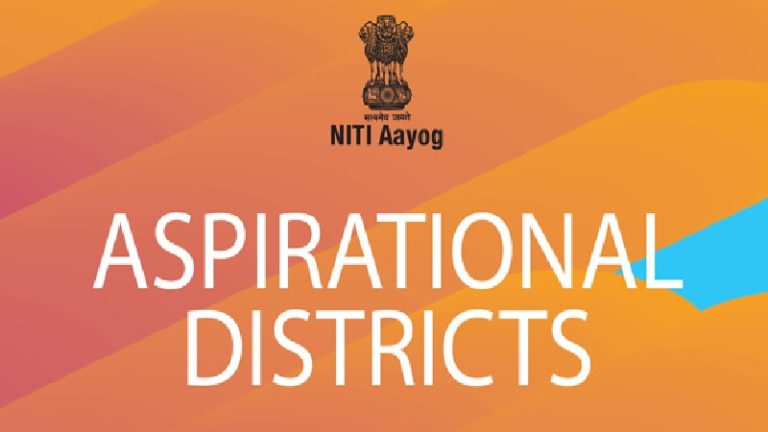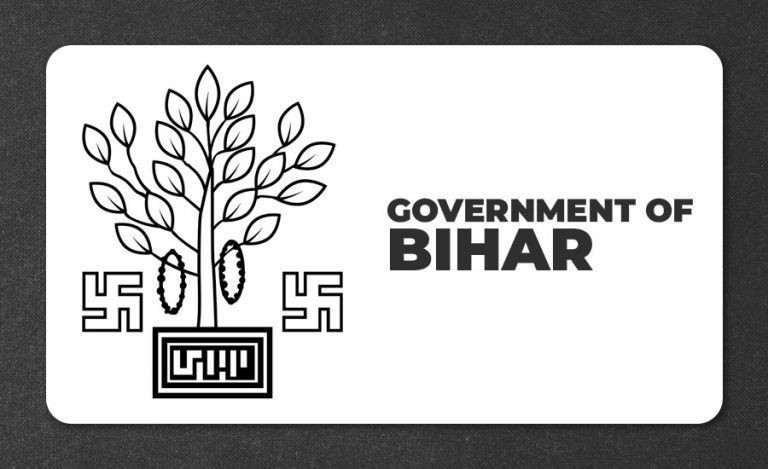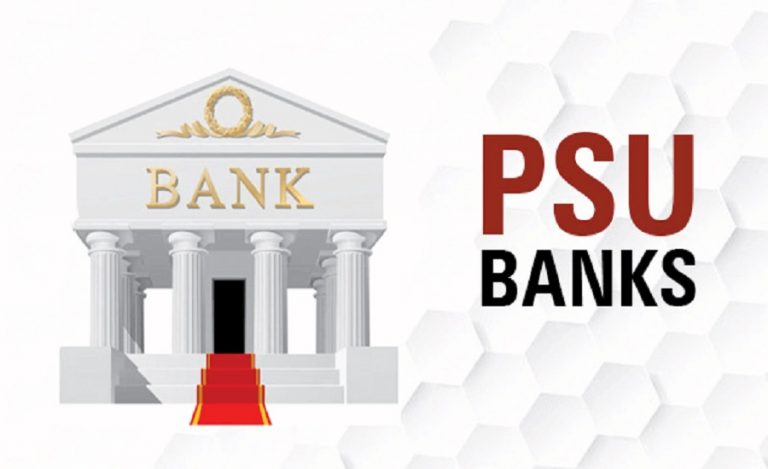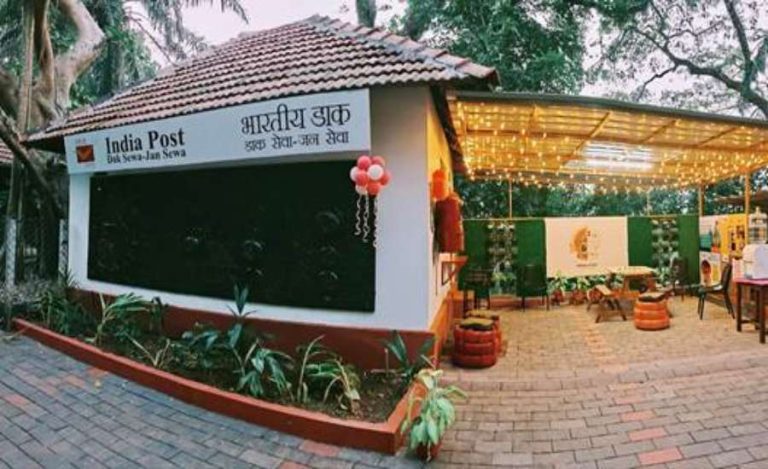New Delhi: The Model Youth Gram Sabha (MYGS) initiative marks a landmark moment as India takes a structured step to engage young students directly in the dynamics of grassroots democracy. Scheduled for a nationwide launch on 30 October 2025, the scheme is being spearheaded by the Ministry of Panchayati Raj, in collaboration with the Ministry of Education and the Ministry of Tribal Affairs.
Having observed declining youth participation in local governance forums like the village-level Gram Sabha and a general disconnect between rural youth and governance processes, the government aims to replicate the success of student-simulation formats (such as Model UN) to familiarise classes 9-12 with Panchayati Raj mechanisms.
What is the Model Youth Gram Sabha?
At its core, the programme is a school-based simulation of a Gram Sabha meeting, where students take on village-governance roles — sarpanch, ward member, village secretary, Anganwadi worker, ANM (Auxiliary Nurse Midwife), junior engineer — and debate real-life issues, budget allocations and development plans for their “village” (school scenario).
The scheme has three key objectives:
- Civic awareness & participation: Build democratic values, understanding of local self-governance and the rights & responsibilities of citizens.
- Experiential learning: Move beyond textbook teaching; allow students to act rather than just learn about governance.
- Leadership pipeline: Identify and nurture future rural leaders who are engaged, informed and ready to serve their communities.
Launch Details & Phase 1 Coverage of Model Youth Gram Sabha
The nationwide roll-out is set for 30 October 2025, with the first phase targeting over 1,100 schools, including:
- Jawahar Navodaya Vidyalayas (JNVs) – approx. 620 schools
- Eklavya Model Residential Schools (EMRS) – approx. 200 schools
A further set of government schools in rural and tribal areas in states such as Maharashtra and Karnataka.
Read Also: IAS Officer Shailesh Kumar Singh Given Additional Charge in Ministry of Panchayati Raj
Each participating school is slated to receive support (including ₹20,000 per school in the pilot/training phase) to help organise mock sessions, train teachers and facilitate the simulation.
Model Youth Gram Sabha: Implementation, Training & Incentives
Implementation will follow a structured three-step approach:
1. Teacher training & capacity building: Two teachers from each school will undergo training by “National Level Master Trainers” (NLMTs) to guide the student simulations properly.
2. Mock-Gram-Sabha sessions: Students role-play village bodies, discuss local issues (e.g., sanitation, water supply, education), draft “village plans” and budgets. This simulates real-world decision-making in Panchayats.
3. Competitions & scaling: Participating schools will engage in regional and national level contests, with prize-money and certificates to incentivise strong participation.
Importance of Model Youth Gram Sabha
Strengthening grassroots democracy: By bridging the gap between students and local governance, MYGS aims to revitalise the Gram Sabha system through informed future generations.
Addressing youth-governance disconnect: In rural and tribal areas, many young people remain detached from decision-making. This hands-on learning fosters engagement.
Enhancing capacity & accountability in Panchayats: With youth exposure to governance early on, the long-term effect could be stronger, more accountable Panchayati Raj Institutions.
Curriculum innovation: This initiative integrates civic education into the school ecosystem in a dynamic way — moving from rote learning to role-play and applied thinking.
Model Youth Gram Sabha: Impact, Challenges & Way Forward
Impact expected:
- Students from rural and tribal schools will develop a practical understanding of governance, strengthening the pipeline of informed rural citizens and future leaders.
- Schools will become hubs of civic engagement, with discussions on village issues, budgets and development planning.
- The simulation model could be scaled post-pilot to include more state government schools and become a nationwide standard.
Potential challenges:
- Ensuring teacher training is effective and uniform across diverse rural schools.
- Garnering sustained student participation beyond one-off events — embedding the simulation into school culture will matter.
- Aligning the simulation’s outputs with real-life local governance so students see tangible links between their role-play and village decision‐making.
- Ensuring adequate resources and monitoring in remote tribal or underserved regions.
Way forward
- After Phase 1 (JNVs/EMRS), roll out to state government schools and other rural-tribal schools.
- Integrate MYGS into state education curricula as a recognised extra-curricular or civic-learning credit.
- Use digital platforms to record, publish and share student-plans from MYGS sessions — increasing transparency and encouraging inter-school learning.
- Follow-up studies on whether participating students engage later in Panchayati Raj institutions or community service.

